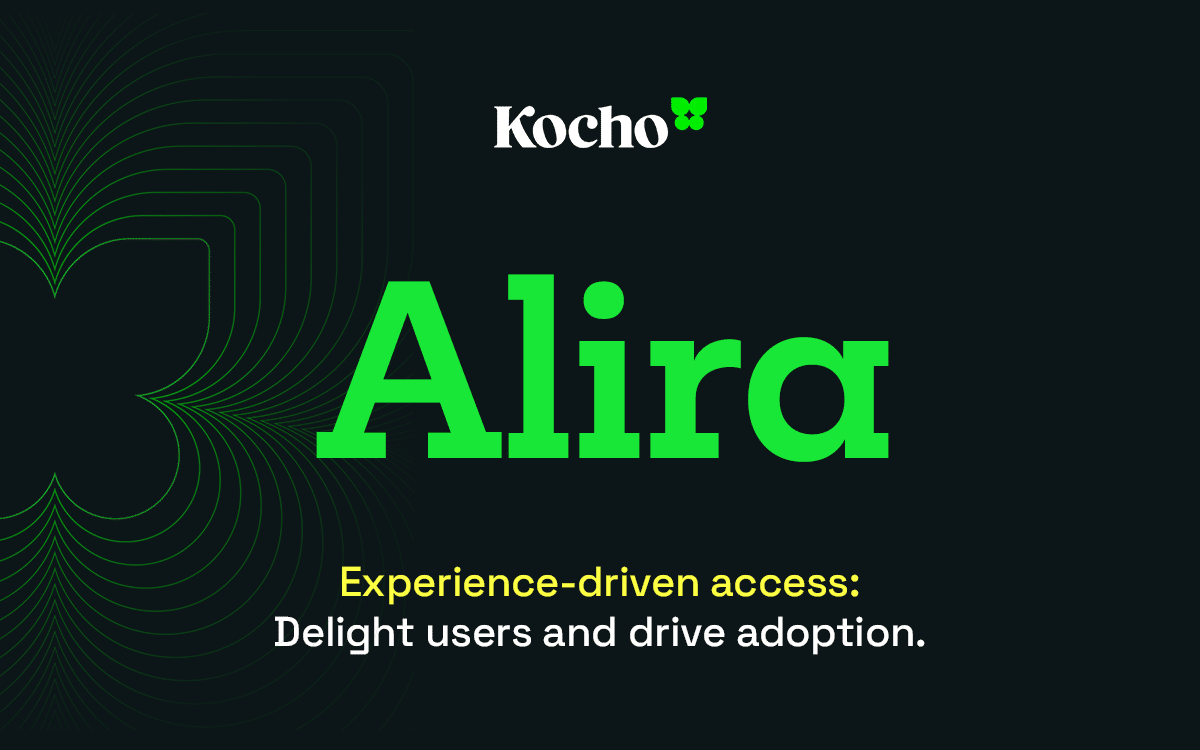Access management shapes how people experience work. When getting the right permissions takes minutes instead of days, productivity rises, frustration falls, and security finally works as it should.
Access management is often seen as a technology problem: identity, permissions, authentication, compliance.
But success depends as much on human nature as on technical control. People tend not to think about access until it starts to fail and frustrate them.
And that’s when small frictions can turn into big problems.
A new hire waits for logins, a project stalls for approvals, a team juggles passwords to reach everyday tools. Each delay feels minor, but across a workforce it drains productivity, weakens morale, and invites risk. Behind every failed login is a broken process waiting to become a business issue.
Access is experience
Access shapes the first impression of a new job, the invisible link between systems, and the quiet test of whether your digital workplace works as intended.
If employees struggle to find or request what they need, they can form an impression (often unfairly) of IT as slow, bureaucratic, and disconnected. That perception spreads quickly and undermines confidence in wider transformation programmes.
When access feels effortless, and happens with minimal delay, it reinforces trust. It signals competence and care.
That matters, because user experience affects adoption.

If we want users to like our software, we should design it to behave like a likeable person: respectful, generous and helpful.
When people like the systems they use, they use them properly.
That single behavioural shift ripples across the organisation, strengthening everything from collaboration to compliance.
The business impact of poor access
The friction of bad access processes shows up everywhere.
- Lost productivity: Research shows that 57% of organisations have SLAs of days or even weeks to approve and grant user access. Those delays leave employees waiting for the tools they need to do their jobs, creating downtime, missed deadlines, and frustrated teams.
- Shadow IT and cost sprawl: When official channels feel too slow, people find shortcuts. Unvetted apps, shared credentials, and personal accounts create governance blind spots that can swallow significant chunks of your average IT spend.
- Security fatigue: Every extra password, approval chain, or unfamiliar interface pushes users toward risky habits.
- IT burnout: Repetitive access tickets clog support desks, leaving technical teams firefighting instead of innovating.
All of this stems from a user experience that makes access harder than it needs to be.
Good user experience is good security
Usability and security are often seen as opposites, but they actually strengthen each other.
When access is intuitive, people follow secure paths naturally. They don’t share logins, hoard passwords, or turn to unsanctioned apps because the tools they need are simple to reach.
Shadow IT is often a sign of frustration, not defiance. Clear, consistent access removes the need for workarounds and keeps activity within secure systems.
Modern platforms such as Microsoft Entra deliver robust controls – multifactor authentication (MFA), conditional access, least-privilege, and just-in-time roles – but these only work to their full potential when paired with an experience people trust.
Let’s be clear, security remains the top priority and must be the primary factor in all access management. Yet if you design your access processes around real user behaviour, it actually enhances security by eliminating the confusion, delays, and friction that invite risk.
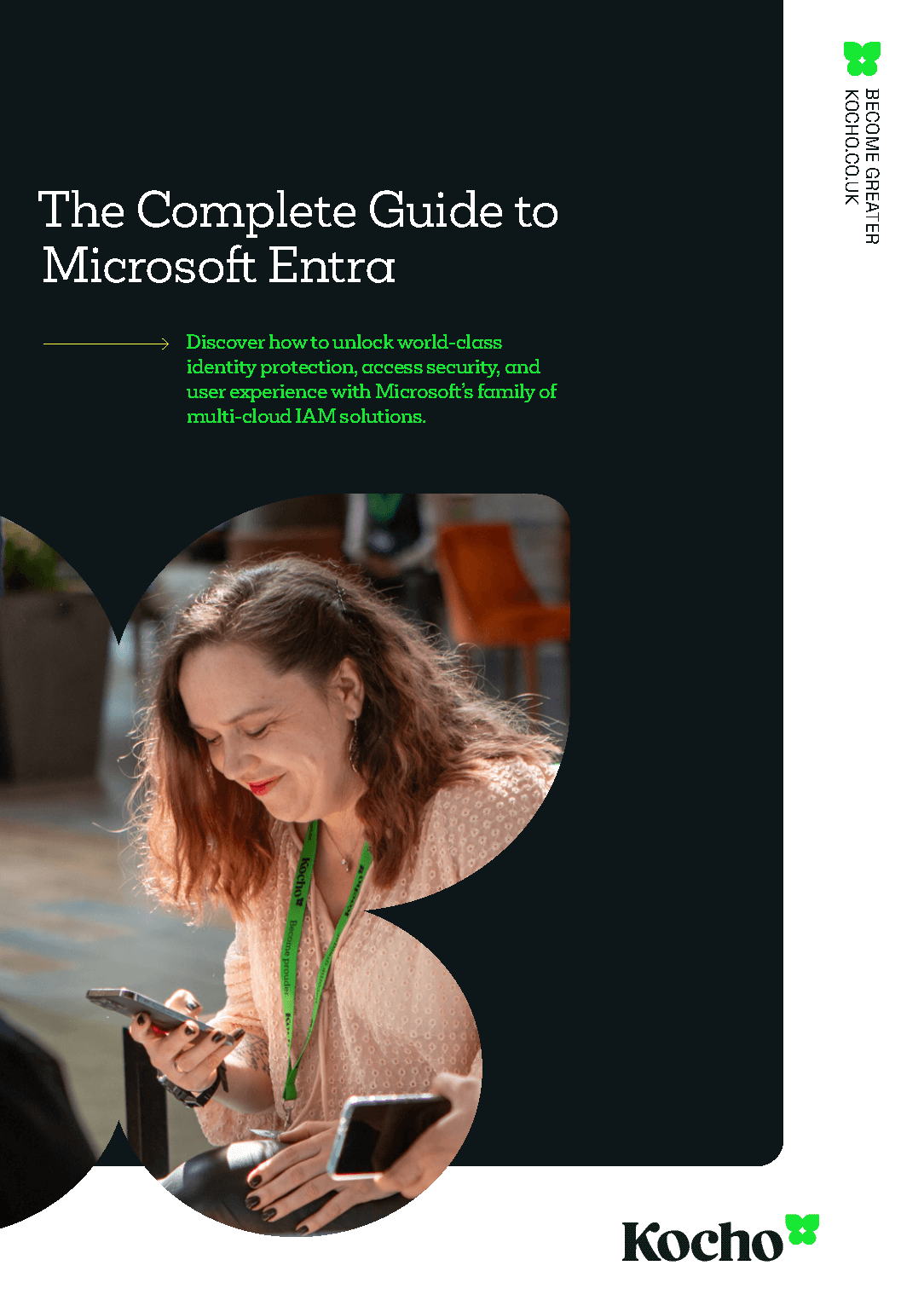

Free Guide
Everything you need to know about Microsoft Entra
The most comprehensive guide to Microsoft Entra. Over 40 pages. Plus, Microsoft licensing simplified.
Discover how you can:
- Cut costs by removing 50% management effort
- Elevate security – reduce breach chances by 45%
- Automate provisioning to ensure compliance
The human factor in efficiency
We still see a lot of large enterprises reliant on onboarding processes that involve multiple access requests across different systems and teams. When each request takes hours to process, that can quickly accumulate into days of lost productivity.
Those requests also don’t always get resolved quickly. Multiply that delay across the business and the downtime adds up fast.
Streamlined access keeps work flowing. When people can easily find and request what they need without asking for help, productivity no longer slips through the cracks.
If organisations can offer simple, secure self-service options for routine requests, everyone benefits. Staff get what they need faster, and IT teams are free to focus on higher-value work, shifting from reactive tasks to proactive problem-solving.
Clearing all those repetitive access tickets from the inbox is one of the quickest efficiency wins any business can make.

The next big thing is the one that makes the last big thing usable.
Designing for trust
So, if we think of access management as more than just a technical challenge, then we need to start thinking of how it looks for the end user. The same principles that drive great product design apply here.
Trust is also reinforced through brand consistency. When every interaction looks and feels like part of the same organisation, employees instinctively believe they’re in the right place. It signals legitimacy, reduces hesitation, and helps prevent mistakes or phishing attempts that exploit visual inconsistency.
When users trust the process and the environment with which they interact, they engage with it confidently.
How to leverage convenience to create cultural change
Now, efficiency is vital, of course, but there’s another part to the story in modern access management. We also need to factor in the cultural element, because how an organisation handles everyday tasks says a lot about how it values its people.
When processes are simple, people feel their time is valued and their judgement trusted. It might feel like a small detail, but it packs a powerful punch. Confidence shown by the organisation is confidence returned.
Research shows that trusted employees experience 74% less stress, have 106% more energy, are 50% more productive, and take 13% fewer sick days.
Introducing things like self-service access plays into the culture of trust and helps shift behaviour accordingly. People stop waiting for approval and start taking ownership, while still operating within clear security boundaries. That balance between freedom and control creates a culture that moves faster, works smarter, and stays connected.
The takeaway
Access is pivotal to the way we all work in the modern workplace. When it runs smoothly, people focus on what they can achieve instead of what stands in their way.
Designing access around people shows that time, trust, and confidence matter. It turns an everyday process into something that helps everyone do their best work while keeping the right controls firmly in place.
The organisations that get this right are ensuring security remains the bedrock of access, while creating a culture of trust and competence where simplicity supports safety, and people feel empowered to deliver more.
Access Management FAQs
-
Automating routine approvals through pre-defined access packages and identity governance policies cuts waiting time while keeping oversight. The right balance of automation and conditional controls delivers speed without risk.
-
Fragmented experiences make users feel disconnected from the wider business. A unified access environment brings everything together in one place. Presenting it through a consistent, company-branded interface, for instance, builds trust, helps people recognise legitimate systems, and reduces hesitation or phishing risk. Consistency turns access from a chore into a natural part of how people work.
-
Introduce clear self-service pathways. Most first-line tickets come from users who simply don’t know where to go for app access. A simple ‘single pane of glass’ portal makes those requests quick and visible, freeing IT to focus on higher-value work.
-
People turn to shadow IT when the approved route feels too slow or complicated. Make the official route faster, simpler, and easier to trust. Visibility and good UX achieve more than extra policy ever will.
-
Yes. Modern identity solutions now let you bring multiple environments together through a single interface. With all permissions visible and managed in one view, consistency and compliance become much easier to maintain.
-
Look for measurable reductions in ticket volumes, access approval times, and shadow IT usage. At the same time, monitor adoption rates of sanctioned tools and improvements in time-to-productivity for new hires.
-
It’s role-based, self-service, and identity-driven. Approvals are automated where possible, policies are enforced consistently, and users can see exactly what they have access to — all within a single, trusted experience.
Great access shouldn’t feel like hard work
Have you heard about Alira, Kocho’s ground-breaking unified access solution? Powered by Microsoft Entra, it unifies access management across apps, identities, and permissions into a single, branded, and secure interface.
Ready to find out more? Get in touch with our team and arrange a full demo today.
Next steps
Don’t forget to share on your social feeds.

Great emails start here
Sign up for free resources and exclusive invites
Subscribe to the Kocho mailing list if you want:
- Demos of the latest Microsoft tech
- Invites to exclusive events and webinars
- Resources that make your job easier

Don't Miss
Great enterprise identity resources

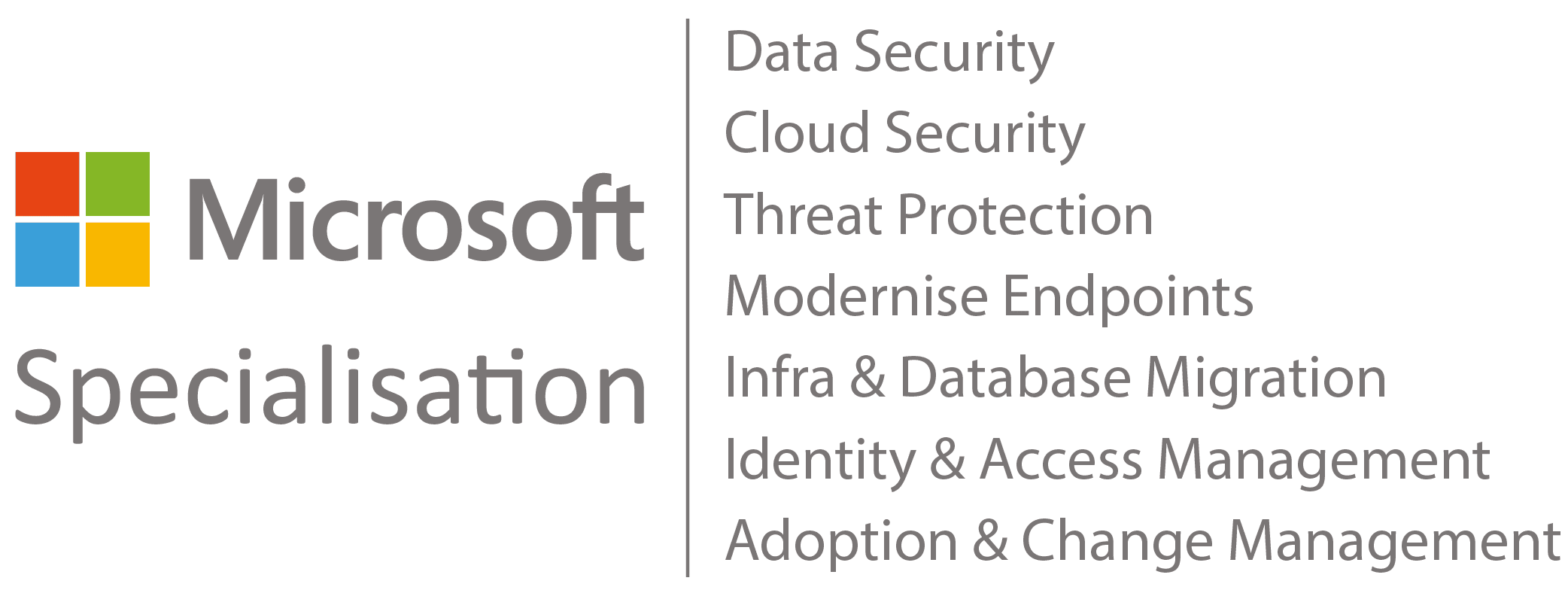
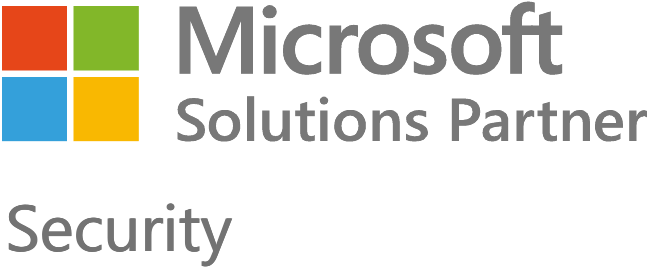
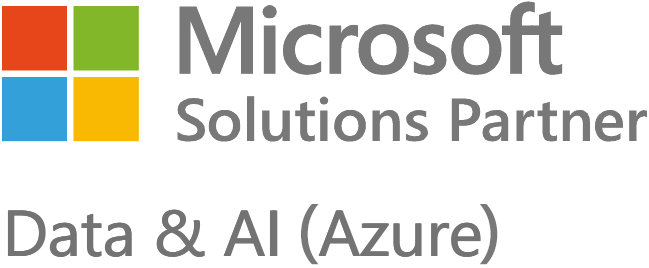
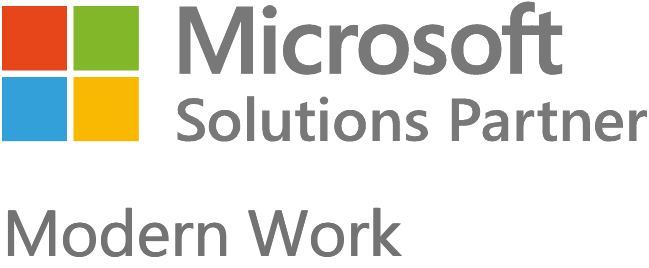

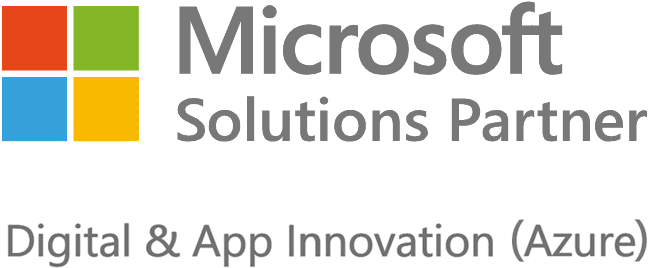



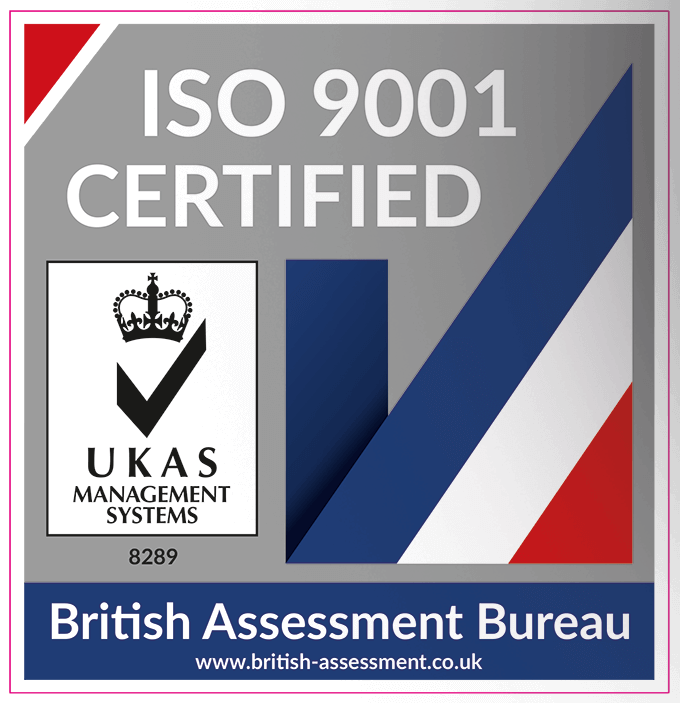
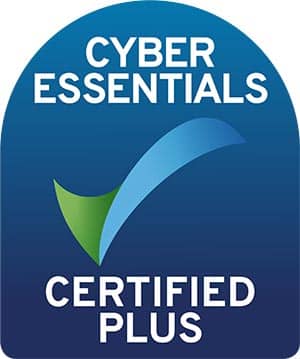












Got a question? Need more information?
Our expert team is here to help.



